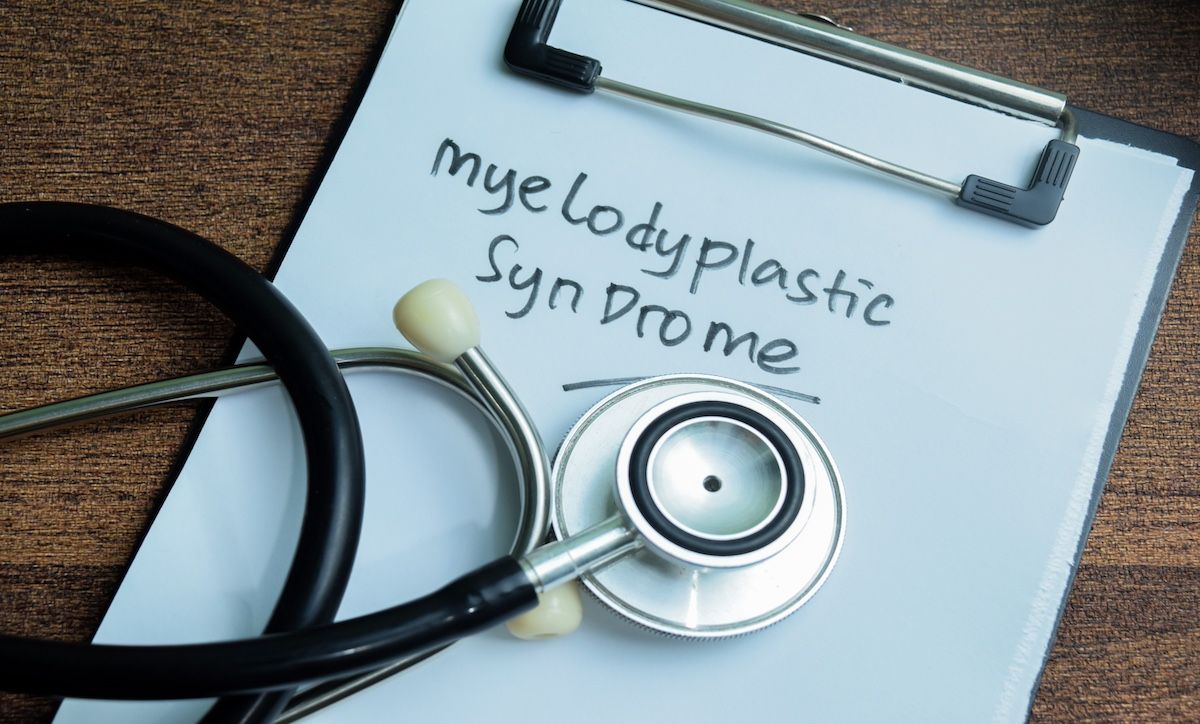Article
Comparing Efficacy of Ozanimod on Annualized Relapse Rate With Other DMTs
Author(s):
Ozanimod, under development to treat relapsing-remitting multiple sclerosis (RRMS), has greater efficacy on the annualized relapse rate (ARR) than most other first-line disease-modifying therapies (DMTs), according to 2 abstracts presented at ECTRIMS 2019, the 35th Annual Congress of the European Committee for Treatment and Research in Multiple Sclerosis.
Ozanimod, an oral, sphingosine 1-phosphate (S1P) receptor modulator under development to treat relapsing-remitting multiple sclerosis (RRMS), has greater efficacy on the annualized relapse rate (ARR) than most other first-line disease-modifying therapies (DMTs), according to 2 abstracts presented at ECTRIMS 2019, the 35th Annual Congress of the European Committee for Treatment and Research in Multiple Sclerosis.
In one abstract, the researchers assessed the relative efficacy in relapses and safety of the treatment compared with other DMTs available to treat RRMS.1 The authors reviewed 44 trials that included 29,568 patients with RRMS. They found that ozanimod 1.0 mg was more effective at reducing ARR than glatiramer acetate 20 mg and 40 mg; interferon β-1a 30 mcg, 22 mcg, 44 mcg, and 250 mcg; and teriflunomide 7 mg and 14 mg. Ozanimod was comparable to cladribine 3.5 mg/kg, dimethyl fumarate 240 mg, fingolimod 0.5 mg, and peg-interferon β-1a 125 mcg.
The occurrence of serious adverse events (AEs) was comparable among all treatments and ozanimod had fewer AEs occur compared with alemtuzumab 12 mg, cladribine 3.5 mg/kg, dimethyl fumarate 240 mg, glatiramer acetate 40 mg, and peg-interferon β-1a 125 mcg.
According to the authors the efficacy and safety profile supports the development of oral ozanimod to treat RRMS.
In the second abstract, the authors used a number-needed-to-treat (NNT) analysis and a risk-benefit (RB) assessment to evaluate treatment effects of ozanimod compared with other first-line DMTs. They analyzed comparative risks and benefits from clinical trials of dimethyl fumarate 240 mg, fingolimod 0.5 mg, glatiramer acetate 20 mg and 40 mg, interferon β-1a 30 mcg and 44 mcg, ozanimod 1 mg, and teriflunomide 14 mg. ARR was calculated as NNTs relative to placebo.
For ozanimod and fingolimod has the lowest NNT (4) to prevent 1 relapse during 1 year relative to placebo, followed by dimethyl fumarate 240 mg (5), glatiramer acetate 20 mg and 40 mg and interferon β-1a 44 mcg (6), teriflunomide 14 mg (7), and lastly, interferon β-1a 30 mcg.
Ozanimod had a high incremental net benefit for ARR versus AEs relative to placebo and other DMTs.
References
1. Tencer T, Snedecor SJ, Nicoloso. Systematic literature review and network meta-analysis of ozanimod compared with other treatments in relapsing-remitting multiple sclerosis. Presented at: ECTRIMS 2019, Stockholm, Sweden; September 11-13, 2019. Poster P1068.
2. Kumar J, Tencer T, Swallow E, Patterson-Lomba O, Carley C, Signorovitch J. Number-needed-to-treat analysis and risk-benefit assessment of ozanimod compared with first-line disease-modifying therapies for relapsing-remitting multiple sclerosis. Presented at: ECTRIMS 2019, Stockholm, Sweden; September 11-13, 2019. Poster EP1590.





